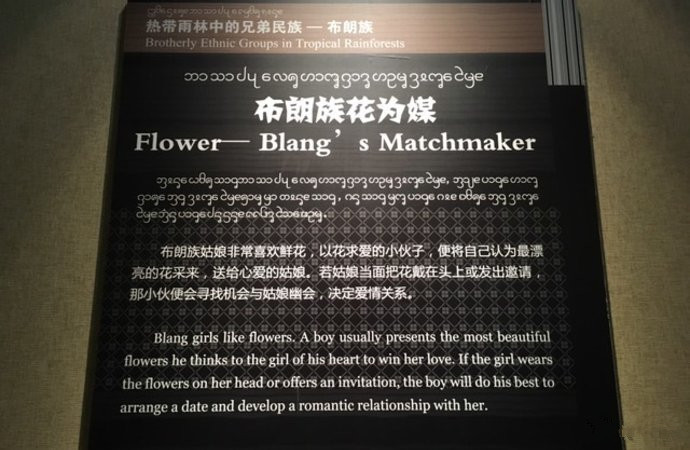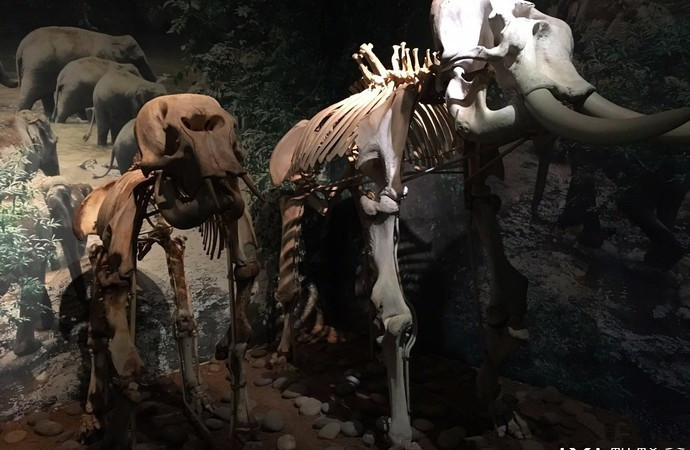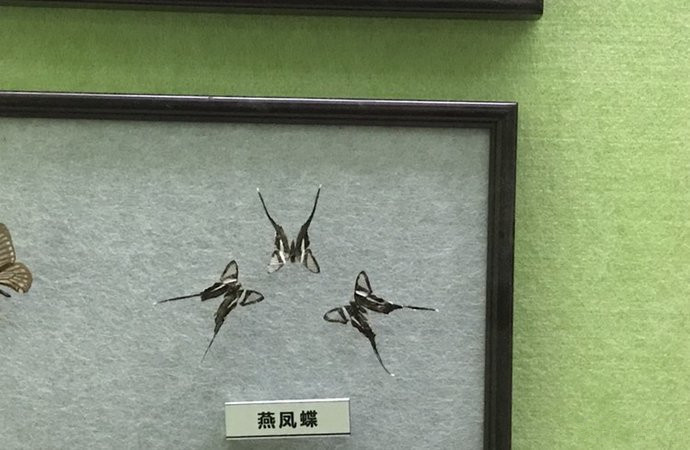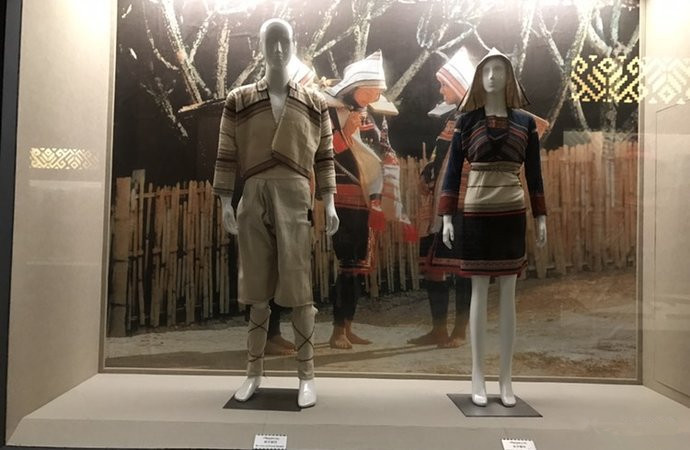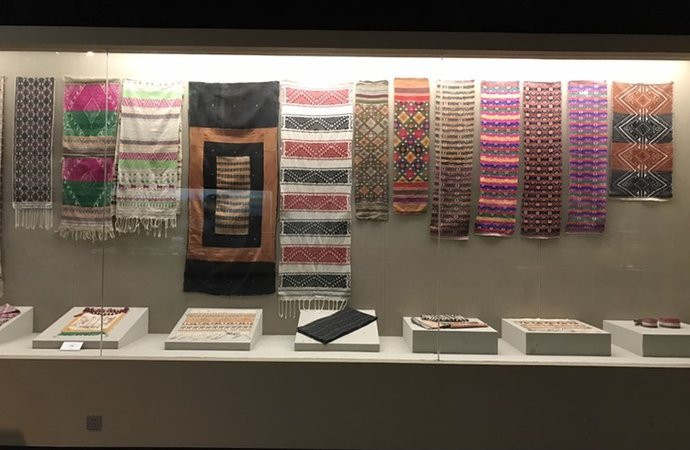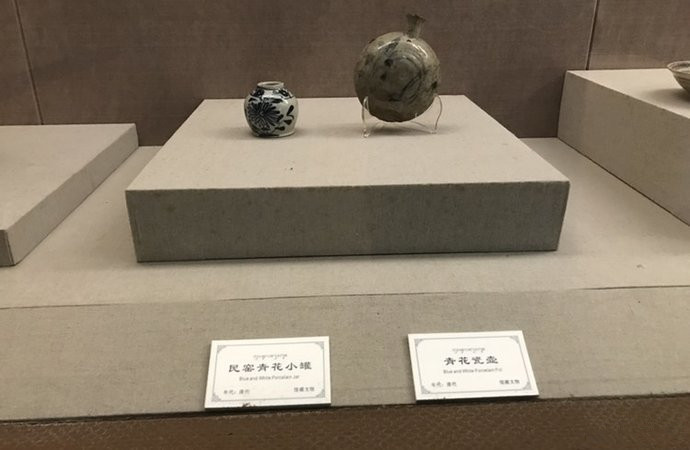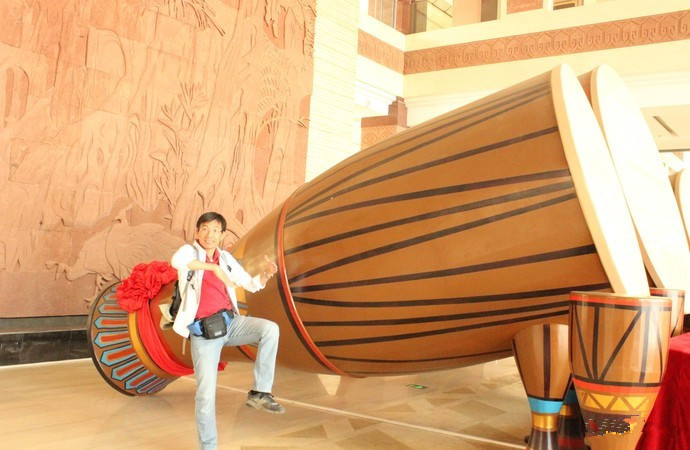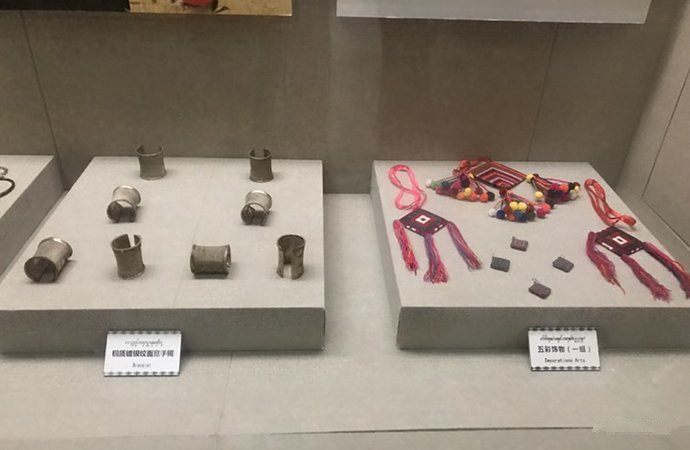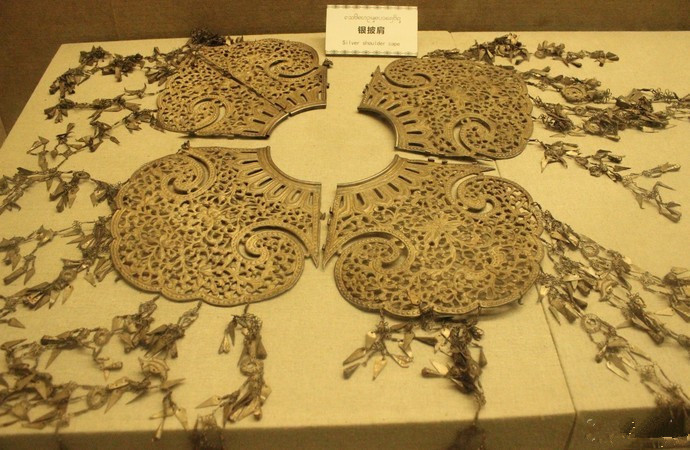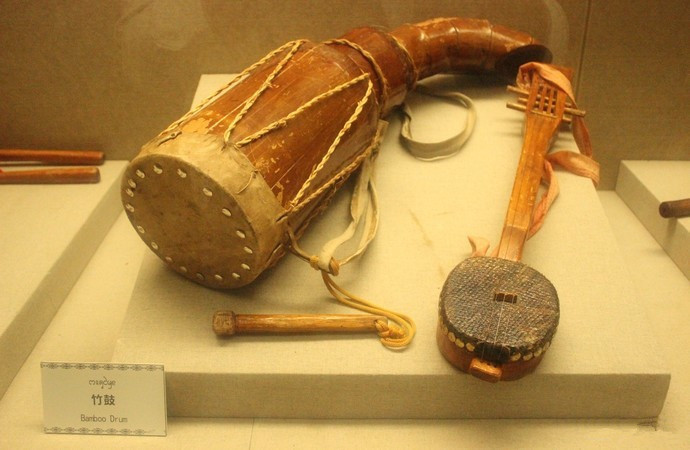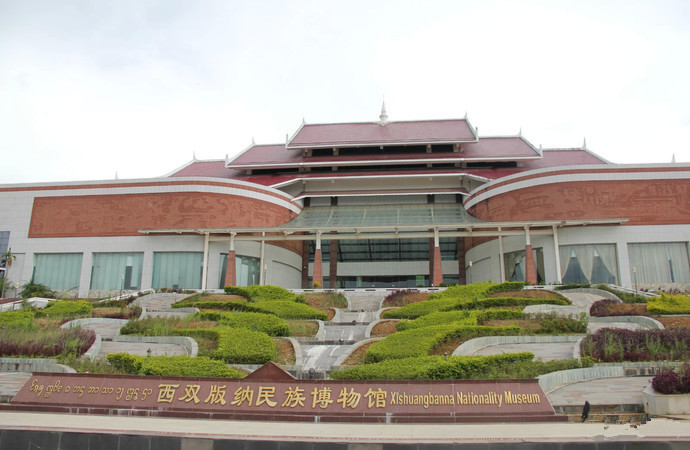XishuangBanna Nationalities Museum
Overview
The Xishuangbanna Nationalities Museum (西双版纳民族博物馆) is located in the tourism resort area of Man Nong Feng (曼弄枫) on Rainforest Avenue (雨林大道) in Jinghong City (景洪市), Xishuangbanna Dai Autonomous Prefecture (西双版纳傣族自治州), Yunnan Province (云南省). Covering an area of 100,000 square meters, with a construction area of over 20,000 square meters, the museum features an exhibition area of 4,300 square meters and serves as a comprehensive local museum.
The museum officially opened on November 11, 2010, showcasing a vast collection of artifacts predominantly consisting of stone tools, bronze ware, pottery, porcelain, silverware, bamboo and wooden utensils, currency, folk artifacts, and memorabilia from the “Sent-Down Youth” movement. According to the Chinese Museum Guide, the museum houses a total of 2,400 items divided into categories of ancient, folk, and “Sent-Down Youth” artifacts.
Basic Information
- Chinese Name: 西双版纳民族博物馆 (Xishuangbanna Nationalities Museum)
- Location: 云南省西双版纳傣族自治州景洪市旅游渡假区曼弄枫片区雨林大道 (Rainforest Avenue, Man Nong Feng Area, Jinghong City, Xishuangbanna Dai Autonomous Prefecture, Yunnan Province)
- Area: 100,000 m²
- Category: Local Comprehensive Museum
- Opening Hours: Daily from 9:00 AM to 5:00 PM; closed on Mondays; open on Saturdays and Sundays
- Admission Fee: Free
- Total Collection: 2,400 items
- Highlighted Artifacts: Tang Dynasty (唐) cicada-patterned silver bowl, Neolithic (新石器时代) shoulder stone axe, Ming Dynasty (明) ivory chief’s seal, and Qing Dynasty (清) wooden chief’s seal.
History
- Construction Timeline:
- November 10, 2008: The construction of the Xishuangbanna Nationalities Museum began.
- November 11, 2010: The museum was officially opened.
Architectural Layout
The museum occupies 100,000 square meters, with over 20,000 square meters of building space and 4,300 square meters of exhibition area.
Exhibition Halls
The Xishuangbanna Nationalities Museum consists of a main hall, five permanent exhibition halls, and two temporary exhibition halls. The five permanent exhibitions include:
- History Section (历史篇): This section showcases the historical evolution of Xishuangbanna through archaeological discoveries, Han and Dai literature, and records since the liberation of Xishuangbanna on February 17, 1950, under the leadership of the Communist Party of China.
- Ethnic Section (民族篇): This part highlights the cultural intermingling of 13 indigenous ethnic groups, including the Dai (傣), Hani (哈尼), Blang (布朗), Jino (基诺), and Lahu (拉祜).
- Nature Section (自然篇): This section displays the geography, natural features, and ancient and modern biological characteristics of Xishuangbanna.
- Cultural Harmony Section (文化兴边): Here, the cultural texts and artistic heritage of various ethnic groups are exhibited, showcasing the cultural achievements of these groups and their contributions to societal development.
- Friendship and Cooperation Section (睦邻友好): This section reflects the long-standing exchanges between Xishuangbanna and countries in the Mekong River basin, promoting comprehensive cooperation in trade, technology, and tourism.
The History and Contemporary sections display Xishuangbanna’s historical culture through physical artifacts from different periods. The Ethnic section showcases diverse ethnic artifacts, including tools, clothing, and musical instruments. The Nature section uses three-dimensional models, photographs, and specimens to demonstrate Xishuangbanna’s unique natural environment, renowned as a “Kingdom of Animals,” “Kingdom of Plants,” and “Gene Pool of Species.”
Collections
The Xishuangbanna Nationalities Museum’s collection comes from various sources, including artifacts transferred from the Xishuangbanna Political Consultative Conference, existing collections from the Xishuangbanna Cultural Relics Management Office, archaeological finds, and folk donations. The museum primarily houses stone tools, bronze ware, pottery, porcelain, silverware, bamboo and wooden utensils, currency, folk artifacts, and “Sent-Down Youth” memorabilia. The total number of artifacts is 2,400, categorized into ancient, folk, and “Sent-Down Youth” collections.
Notable Collections
- Tang Dynasty (唐) cicada-patterned silver bowl
- Neolithic (新石器时代) shoulder stone axe
- Ming Dynasty (明) ivory chief’s seal
- Qing Dynasty (清) wooden chief’s seal
Collection Protection
To ensure systematic, scientific, and standardized management of collections, the museum has installed preservation equipment in its storage facilities, incorporating security and fire prevention measures, as well as controlled ventilation, temperature, and humidity. Surveillance cameras and alarm systems are installed in exhibition areas to protect artifacts.
Cultural Activities
The museum organizes various educational activities and community engagement programs. Through official announcements from the Xishuangbanna Party Committee and the People’s Government, the museum invites local officials, military personnel, students, and community members to visit. These initiatives promote patriotism and awareness of Xishuangbanna’s rich historical and cultural heritage.
The museum actively celebrates events such as International Museum Day (5.18) and Cultural Heritage Day, engaging in legal awareness campaigns about cultural relics protection. Museum staff distribute informational materials and conduct live explanations of relic knowledge, utilizing media such as radio and newspapers to raise public awareness of cultural relic protection.
Value and Significance
The Xishuangbanna Nationalities Museum serves as a comprehensive institution reflecting the unique characteristics of the Dai ethnic group and aiming to promote the cultures of various ethnicities in Southeast Asia. It holds responsibilities in cultural relic management, scientific research, and educational outreach. The museum oversees several key cultural heritage sites, including the Manfeilong Pagoda (曼飞龙白塔), Jingzhen Octagonal Pavilion (景真八角亭), and the Manduan Temple (曼短佛寺).
Organizational Structure
- Former Directors: Yu Shaojian (余少剑) (2010—present).
- Nature: Public institution.
- Funding Source: Fully funded by government finance.
- Departments: The museum comprises an administrative office, public education department, exhibition department, research department, relic protection department, storage department, and security department.
- Staffing: The museum has a staff of 22 people.
- Visitor Statistics: The museum receives an average of over 300,000 visitors annually.
Visiting Information
Location
The Xishuangbanna Nationalities Museum is located at Rainforest Avenue in the Man Nong Feng area of Jinghong City, Xishuangbanna Dai Autonomous Prefecture, Yunnan Province.
Opening Hours
- Daily: 9:00 AM to 5:00 PM
- Closed: Mondays
Admission
- Free Entrance: Visitors are not required to pay an entrance fee.
How to Get There
To reach the Xishuangbanna Nationalities Museum, visitors can use public transportation such as buses or taxis from Jinghong City center. For those driving, there are designated parking areas nearby.
Travel Tips
- Plan Your Visit: Aim to visit during weekdays to avoid crowds, especially on weekends.
- Explore Nearby Attractions: Consider visiting other cultural sites and parks in Jinghong to enhance your experience.
- Take Guided Tours: If possible, join a guided tour to gain deeper insights into the exhibits and the history of Xishuangbanna.
- Bring Water and Snacks: Ensure you have refreshments, as you might want to spend a good amount of time exploring the museum.
